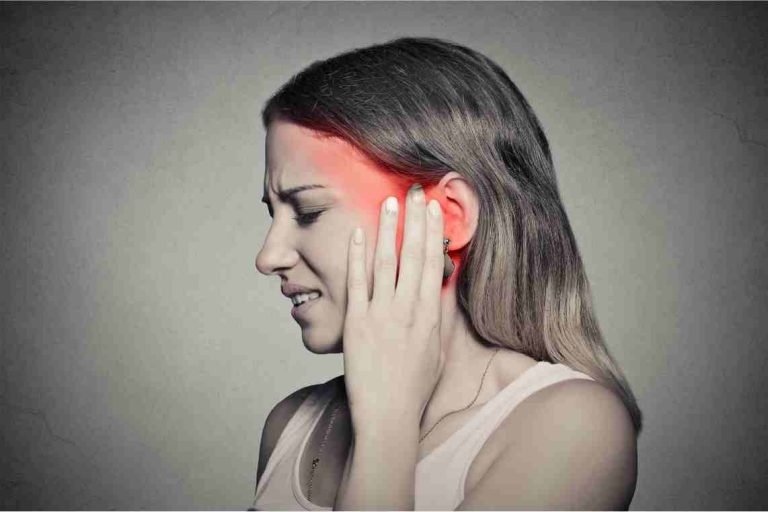
Table of Contents
Shakti mudra benefits
If you’ve ever wondered what the Shakti mudra benefits are, or what it can do for you, read on. You’ll learn the correct way to perform the pose, its health benefits, and the precautions you should take when performing it. It can help you relieve stress and improve your mental state, so you’ll want to learn how to do it right. There are many Shakti mudra benefits as well. Learn about these below.
What is Shakti Mudra
If you’re new to yoga, you’re probably wondering, “What is Shakti Mudra?” The answer lies in the name, which means “power.” This sacred hand gesture is said to move prana, or life force, through the body, releasing stagnant negative energy. When done correctly, mudras act as an energetic seal that keeps the energy flowing through the body and helps your intention to integrate more deeply.
To practice this mudra properly, you need to be seated comfortably. Experts recommend not sitting on the floor, as radiation from the floor can interfere with the mudra. When you’re sitting, fold your fingers into your palms. Then, press your middle finger and index finger together. Finally, join your ring finger and little finger together. This mudra is said to help you focus on your meditation.
How to perform Shakti Mudra
One of the Shakti mudra benefits is to improve concentration. It has been proven to help a person relax and improve concentration. It is best performed between four and six AM, before or after a period. Some people find it helpful to perform this mudra three times a day. The following instructions can help you perform this mudra properly and benefit from its benefits. Read on to learn how to perform Shakti Mudra and enjoy the benefits!
First, place your thumb inside the palm of your left hand. Next, place your index and middle fingers over the thumb. Finally, join your ring finger to your right hand’s ring finger. By focusing on this action, you can loosen any hardness in your intestines. It is important to maintain a relaxed posture during this procedure. It is also beneficial to visualize green scenery. Try picturing a lush green forest. You can also focus on the healing power of this image. Breathe in fresh air, re-energize your body, and exhale a fresh breeze that helps relieve tension, stress, and pain.
Health Benefits of Shakti Mudra
The health benefits of Shakti Mudra are many, and one of them is increased energy. When performed correctly, this mudra can help alleviate back and neck pain. It is especially helpful for people who engage in heavy physical activities such as playing sports or running. To do this mudra, you will need to be seated or kneeling. In order to practice the mudra properly, you must be aware of your breathing patterns and postures.
The Shakti mudra can help you overcome stress by regulating the apana vayu and Swadishtana Chakra. It also helps regulate the function of the bladder and bowels. It is also effective in relieving muscle tension and pain in the pelvic area. This mudra can also help you cure conditions such as prostatitis and pelvic pain. This mudra also helps you breathe easily and gives you radiance.
Precautions while performing Shakti Mudra
Before you start practicing Shakti Mudra, make sure that you are in a comfortable position. You should also remove your ornaments and switch off all sources of distraction. You should also find a place that is quiet, and avoid doing this mudra for extended periods of time, as it will make you lethargic and sluggish. There are many benefits to this mudra, and you should make sure that you follow these precautions to avoid any accidents.
Shakti Mudra is a ritual hand gesture used in Ayurveda. It has many benefits, and is often referred to as a feminine mudra. It helps the body restore its natural balance and soothes the nervous system. It is beneficial for people who suffer from insomnia or anxiety, and is a good way to improve your overall mood. Performing this mudra is an excellent way to unwind after physical exertion.









